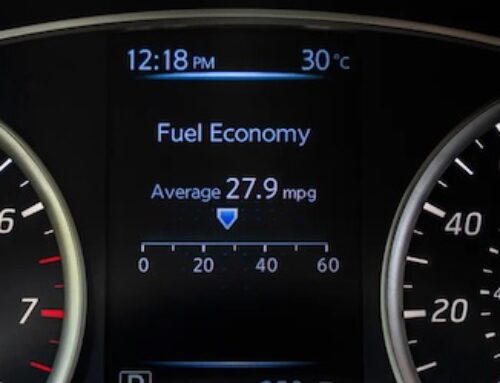Table of Contents
- Understanding car battery life
- Common causes of car battery failure
- How to know when you need a new car battery
- Types of car batteries: the traditional flooded battery and the AGM battery
- Car battery replacement costs
- GoTire tips for prolonging car battery life
- Finding a reliable auto repair shop
- Frequently Asked Questions
Is your car struggling to start on those cold mornings, or do your headlights seem dimmer than usual? It might be time to consider the health of your car battery. The life of a car battery is influenced by many factors, from weather conditions to driving habits. Knowing how long car batteries last and how to maintain them can save you from an unexpected breakdown and potentially costly repairs. In this comprehensive guide, we’ll explore the average lifespan of car batteries, the science behind their operation, common causes of failure, and tips for extending their life. Buckle up. Let’s dive into the electrifying world of car batteries!
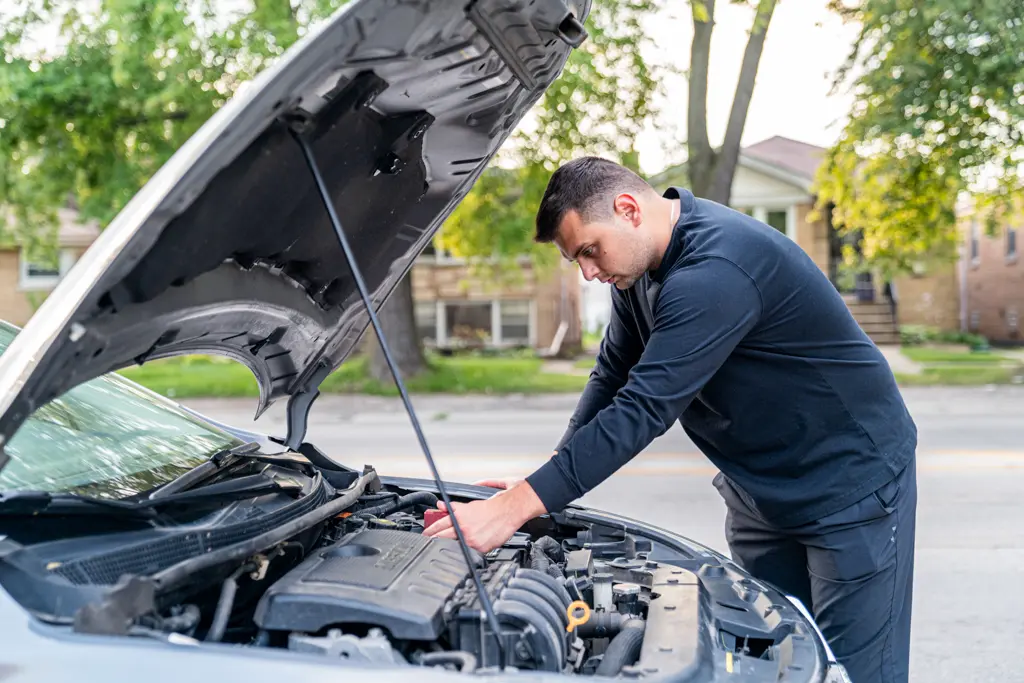
Understanding car battery life
Car batteries last between three and five years, which is the average car battery life. Driving habits, maintenance, and environmental conditions largely impact their lifespan. For instance, extreme temperatures can take a toll on your battery, and in some cases, car batteries die prematurely. Below-freezing temperatures can lead to power fluctuations in the engine compartment, while heat can accelerate corrosion and battery deterioration. In addition, excessive vibration can cause internal battery parts to degrade, resulting in a shortened battery life. So, how long do car batteries last? It ultimately depends on these various factors. Taking care of your car battery is essential in prolonging its life and preventing a dead battery. Here are some tips for maintaining your battery.
- Ensure proper storage.
- Check water levels periodically.
- Remove corrosion buildup.
- Take your car for regular drives.
But learning the science behind car batteries is crucial to truly understand how to maintain your battery.
The science behind car batteries
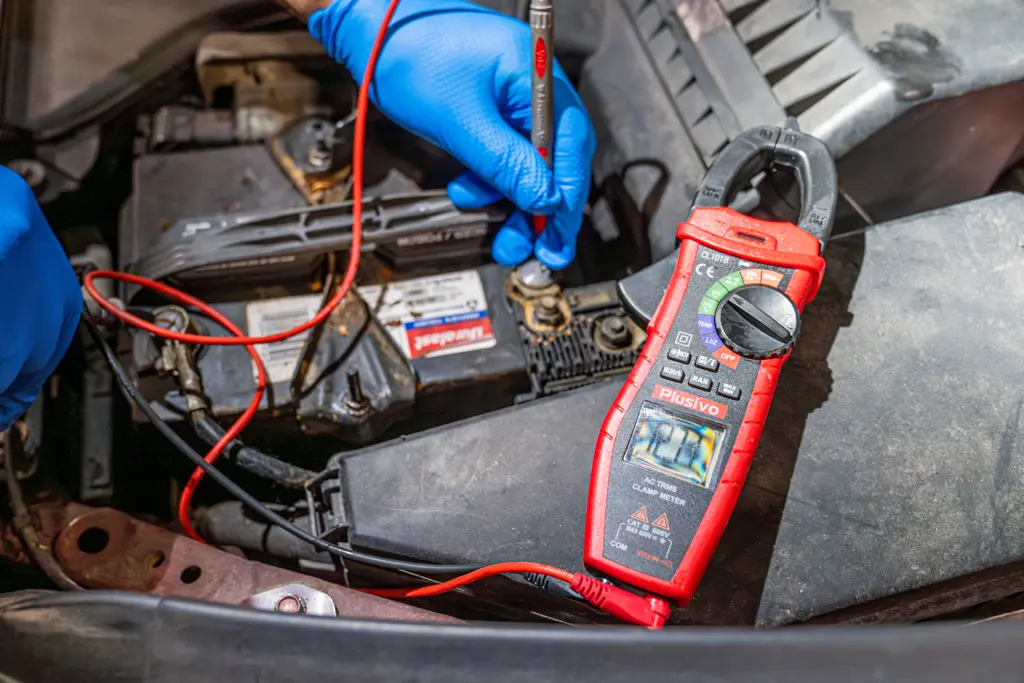
A car battery, also known as a vehicle’s battery, provides power to the vehicle’s engine and car’s electrical system by transferring electricity from the battery terminals. This power is generated through a chemical reaction between sulfuric acid and two lead plates, which results in electrons moving across the plates and creating electricity. The cold cranking amps rating measures the electrical power a battery can supply, which is particularly important during cold weather when engines require more power to start. There are two primary types of car batteries: conventional lead-acid and Absorbent Glass Mat (AGM) batteries. AGM batteries are more advanced, with the electrolyte stored in a solid or absorbed form, while traditional flooded batteries do not have this feature. Each battery type has pros and cons, which we will discuss in the following sections.
Common causes of car battery failure
Car battery failure can be attributed to several factors, including:
- Corrosion
- Defective components
- Extreme temperatures
- Insufficient use
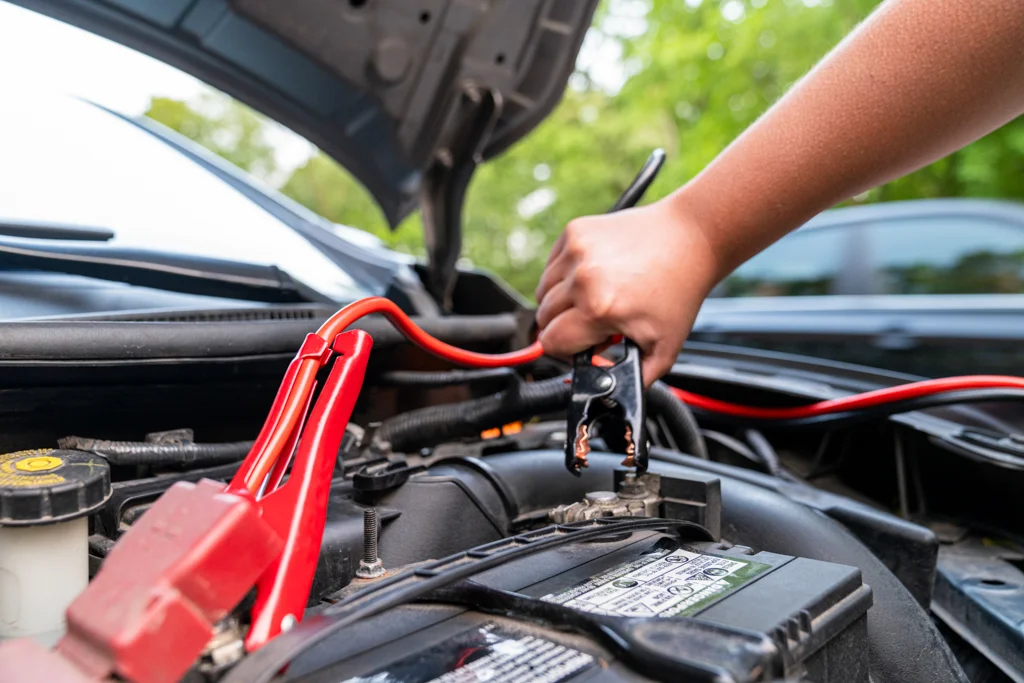
High temperatures can be especially detrimental to a battery’s lifespan, as the battery is situated in a hot, enclosed space beneath the hood. Cold temperatures, on the other hand, impede the electrochemical reaction responsible for producing power. A malfunctioning charging system can also have a negative effect on car battery life, with symptoms such as dim, extra-bright, or flickering lights indicating a failing alternator. To prevent car battery failure, it’s important to address corrosion issues and identify and replace any bad parts that may be damaging the battery’s internal components. Let’s take a closer look at these preventive measures.
Dealing with corrosion
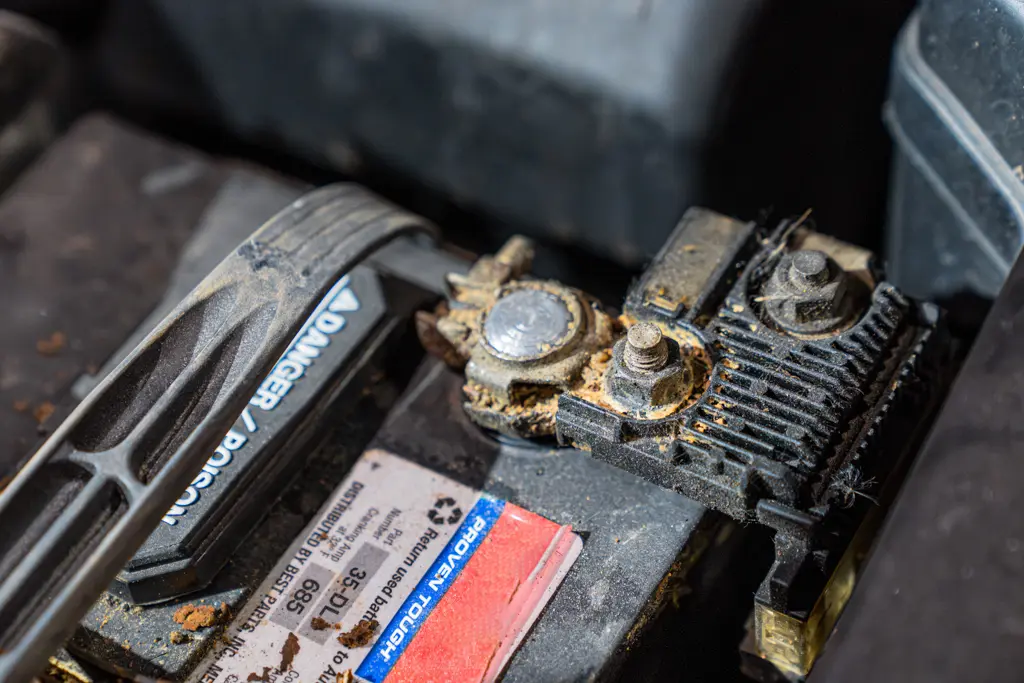
Corrosion in car batteries is the accumulation of grime on the battery caused by the combination of hydrogen gas, moisture, salt, and air. This buildup can impede power flow, making it more difficult for the battery to power the car and recharge, ultimately leading to the battery’s death. Additionally, corrosion may result in a decrease in power output or a disruption in the connection between the car’s electrical system and the battery. Cleaning the battery terminals and cables regularly is recommended to prevent and address corrosion issues in car batteries. This will help maintain a proper connection between the car’s electrical system and the battery, ensuring optimal performance and extended battery life.
Identifying and replacing bad parts

Faulty parts, such as a bad alternator, substandard cables, and belts, can contribute to a decrease in the charge of a car battery. Vehicle vibrations may also cause damage to the internal components of a car battery. Signs pointing to a bad car battery include difficulty starting the car, a short lifespan, dim or flickering taillights, sluggish engine cranking, and intermittent sparks or backfiring. To replace a car battery, disconnect the negative cable from it, remove it from its battery tray, and install the new battery. Regularly inspecting your battery and replacing faulty parts will help prevent battery failure and extend its life.
How to know when you need a new car battery
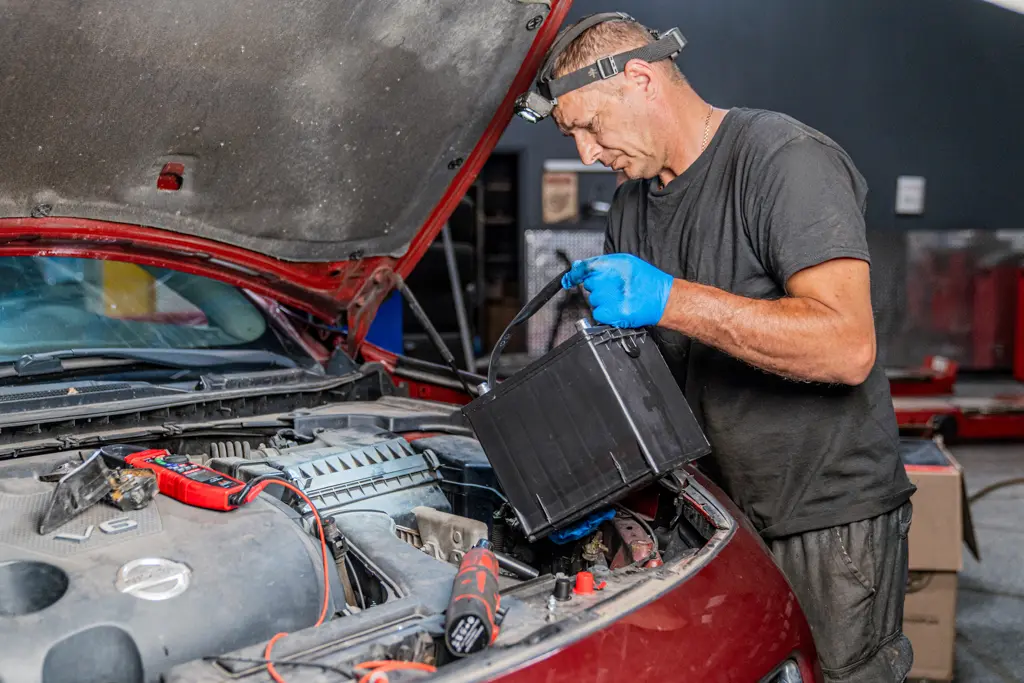
Replacing a car’s battery when it reaches three or more years old or exhibits signs of failure is recommended. Indicators of a need for a new car battery include a slow engine start and accessory malfunctions. To assess the health of your car battery, you can use a multimeter to measure the voltage across the battery terminals. A battery should be fully charged before taking its reading. The voltage should read around 12.6 V. If you don’t have a multimeter, you can also seek the help of auto repair shops, which can provide a battery test and review the vehicle’s charging system. Additionally, jump starters, battery chargers, and other battery maintainers can be used at home to ensure your car battery is in good health.
Types of car batteries: the traditional flooded battery and the AGM battery
Car batteries come in two primary types: traditional wet cell or flooded batteries and sealed, low-maintenance batteries like AGM batteries. Traditional flooded batteries use a liquid electrolyte to store energy, making them the most commonly used type of car battery. On the other hand, AGM batteries utilize an absorbent glass mat to contain the electrolyte, offering enhanced efficiency and extended lifespan compared to traditional flooded batteries. Both types of batteries have their advantages and disadvantages, which we will discuss in detail in the following subsections.
The pros and cons of the traditional flooded battery
A traditional flooded battery is a lead-acid battery that utilizes a liquid electrolyte to store energy. It is the most prevalent type of car battery and is typically present in older vehicles. The advantages of a traditional flooded battery include maintenance-free operation, a long service life, and high current delivery. However, there are some drawbacks to traditional flooded batteries. They include:
- Regular maintenance and inspection requirements
- Deterioration of lead plates when exposed to the atmosphere
- Shorter lifespan and more frequent battery replacements
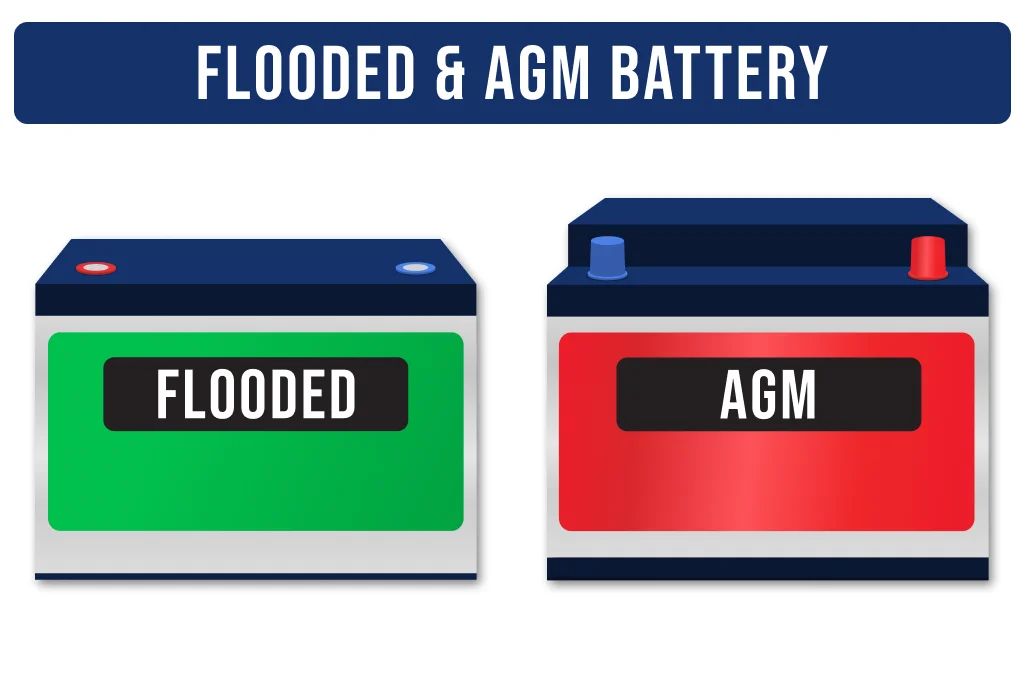
Reasons for the traditional flooded battery replacement
There are several reasons for replacing traditional flooded batteries, including:
- Aging
- Performance issues, such as sulfation and corrosion, can lead to a diminished capacity to store a charge and an increased risk of premature failure
- Cost
To avoid these issues and prolong the life of your traditional flooded battery, it is essential to perform regular maintenance, such as inspecting the battery terminals and cables for corrosion, checking the electrolyte level, and replenishing it with distilled water if necessary. By taking care of your battery, you can help prevent the need for frequent replacements.
The pros and cons of the AGM battery
AGM batteries boast a longer lifespan than traditional flooded batteries, minimal maintenance requirements, and enhanced resistance to vibration and extreme temperatures. Their absorbent glass mat design allows for more efficient storage of electrolytes, making them a popular choice for modern vehicles. However, AGM batteries have a higher price tag than traditional flooded batteries and require special charging equipment. Despite these drawbacks, AGM batteries offer several advantages.
- Longer lifespan
- Higher efficiency
- Faster charging
- No maintenance required
These benefits make AGM automotive batteries an excellent choice for those seeking a longer-lasting and more efficient car battery.
Reasons for the AGM battery replacement
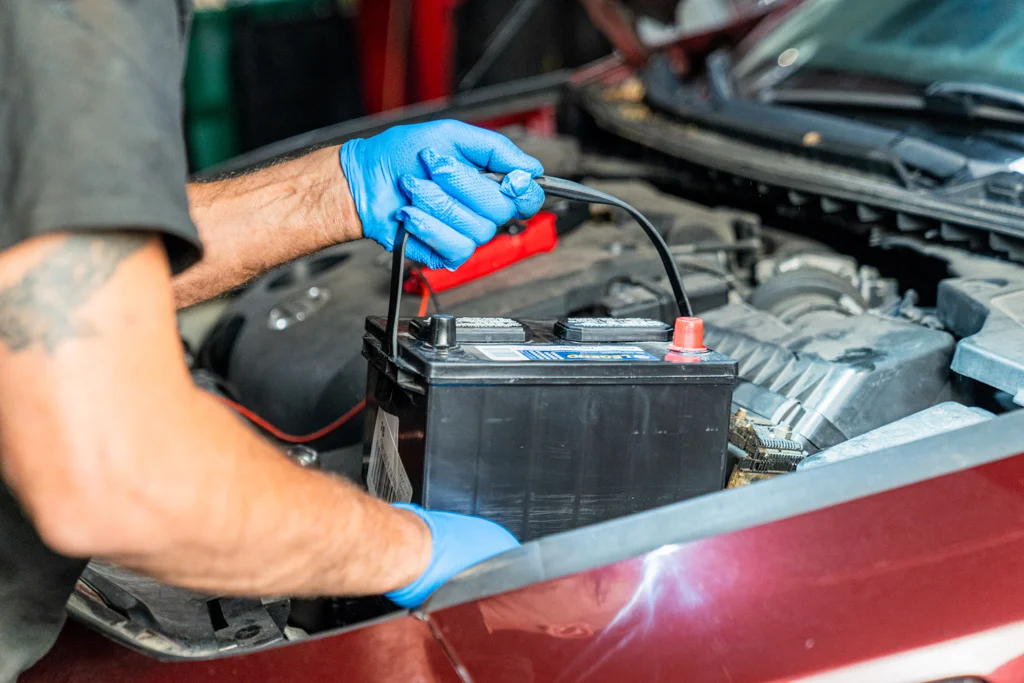
Replacement of AGM batteries may be necessary due to:
- Age
- Performance issues
- Overcharging
- Incorrect DIY replacement
- Compatibility issues
- Lack of recalibration
- Damage or wear
Failure to address these issues can result in diminished performance, shortened battery life, and possible damage to the vehicle.To avoid frequent AGM battery replacements, it’s essential to maintain proper charging and storage conditions and ensure compatibility with your vehicle’s charging system. By taking care of your AGM battery, you can enjoy its longer lifespan and superior performance.
Car battery replacement costs
The price of a new car battery can range from $100 to $300, depending on the following factors:
- Power
- Size
- Quality
- Type of battery (traditional flooded or AGM)
- Brand
- Additional features or warranties offered by the manufacturer.
It’s essential to consider the long-term value of your investment when choosing a car battery. While a cheaper battery may seem appealing initially, a more expensive battery with a longer lifespan and better performance can save you money and headaches in the long run.
GoTire tips for prolonging car battery life
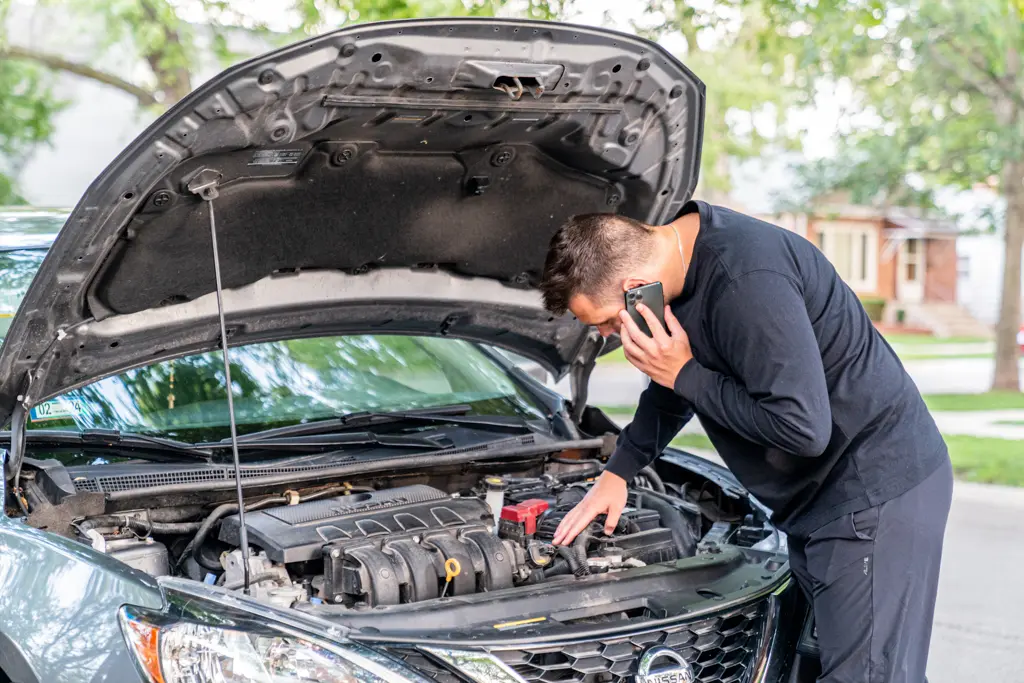
To extend the life of your car battery, it is important to perform regular maintenance and inspections. This includes:
- Checking the battery terminals and cables for corrosion
- Ensuring they are firmly connected
- Replenishing the electrolyte level with distilled water if needed
- Charging a battery in case the vehicle hasn’t been driven for about one month
Additionally, it’s a good idea to test your car battery annually to ensure it’s in good health. Another critical factor in prolonging car battery life is avoiding extreme temperatures. Parking your car in a shaded area, not leaving it in direct sunlight for extended periods, and maintaining clean battery terminals can all help mitigate the effects of extreme temperatures on your car battery.
Finding a reliable auto repair shop
When searching for a dependable auto repair shop to handle your car battery replacement and maintenance needs, evaluating the shop’s reputation, quality of services, cost of services, and technicians’ experience is essential. To research auto repair shops in your area, seek feedback from people you know, review online ratings, and even visit the shops firsthand. Once you’ve narrowed down your options, assess the reviews and ratings of the auto repair shops by consulting online reviews, visiting the shop’s website, and requesting references. By finding a reliable auto repair shop, you can ensure your car battery is in good hands and prolongs its life.
Frequently Asked Questions
How do I know if my car needs a new battery?
If your car cranks but won’t start, won’t crank at all, requires frequent jump-starts, or has a cracked, swollen, or leaking battery, it is likely time to purchase a new car battery.
How often should you replace your car battery?
It is generally recommended to replace your car battery every four to five years, depending on your climate and driving habits. Factors such as climate and driving habits can affect the lifespan of a car battery. In warmer climates, the battery may need to be replaced more frequently, while in cooler climates, it may last longer.
Can a car battery last 10 years?
Generally, car batteries last between three and five years due to factors such as driving habits and frequency of usage. However, a car battery can last up to six years, depending on the circumstances.
What are the two primary types of car batteries?
The two primary types of car batteries are the traditional flooded battery and the Absorbed Glass Mat (AGM) battery, providing drivers with reliable options for powering their vehicles. Both battery types have advantages and disadvantages, so it is important to understand their differences before making a decision. Flooded batteries are the most common type of car battery and are generally the least expensive option. They are also easy to maintain.
What are the advantages and disadvantages of the traditional flooded battery?
The traditional flooded battery has the advantage of being more cost-effective. But it requires regular maintenance and is prone to corrosion.






